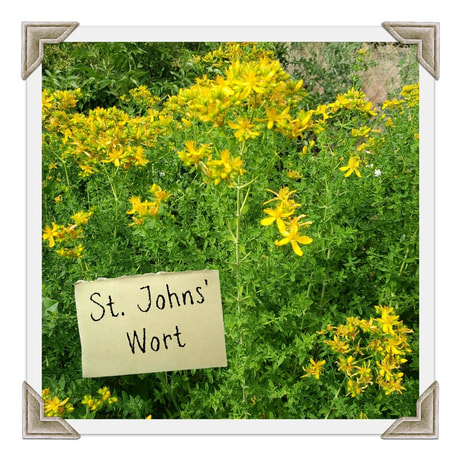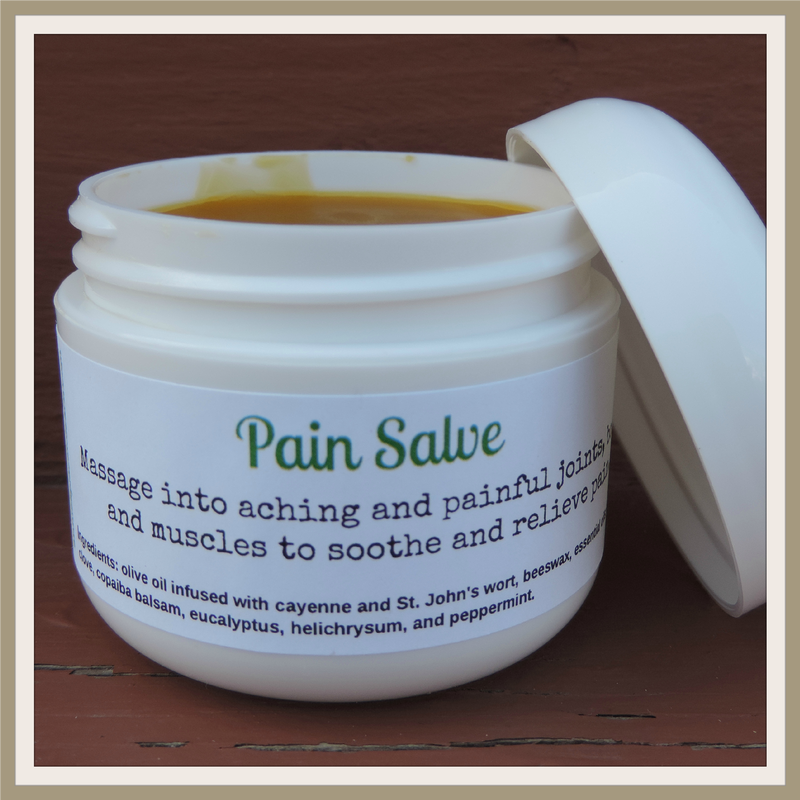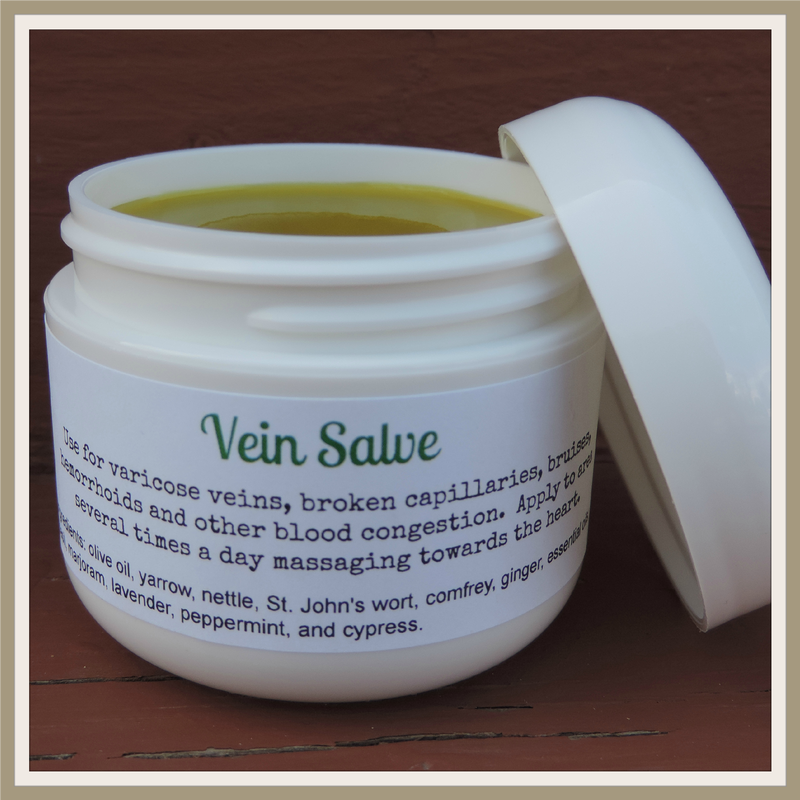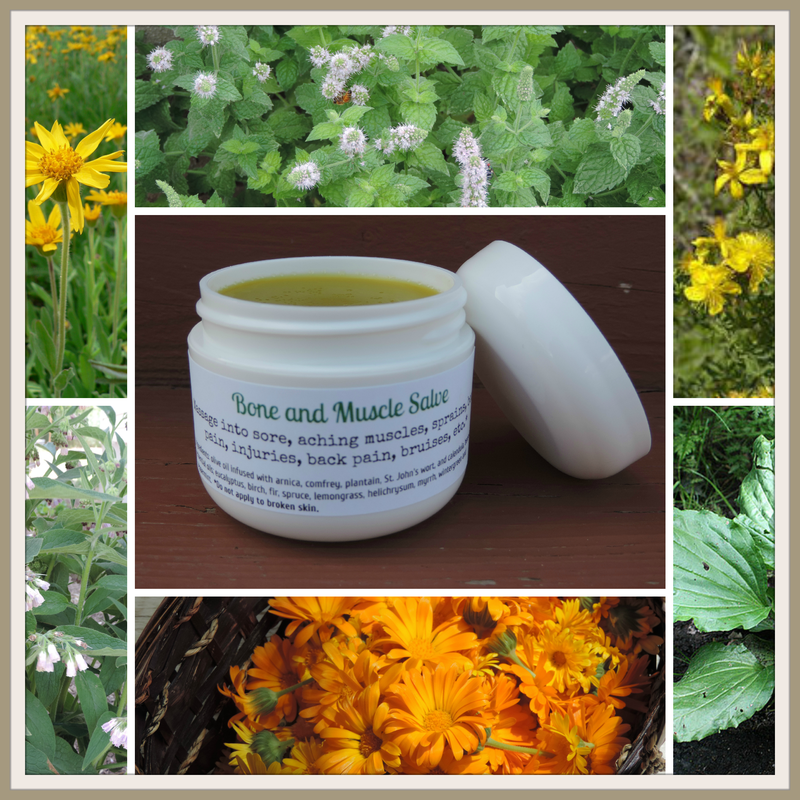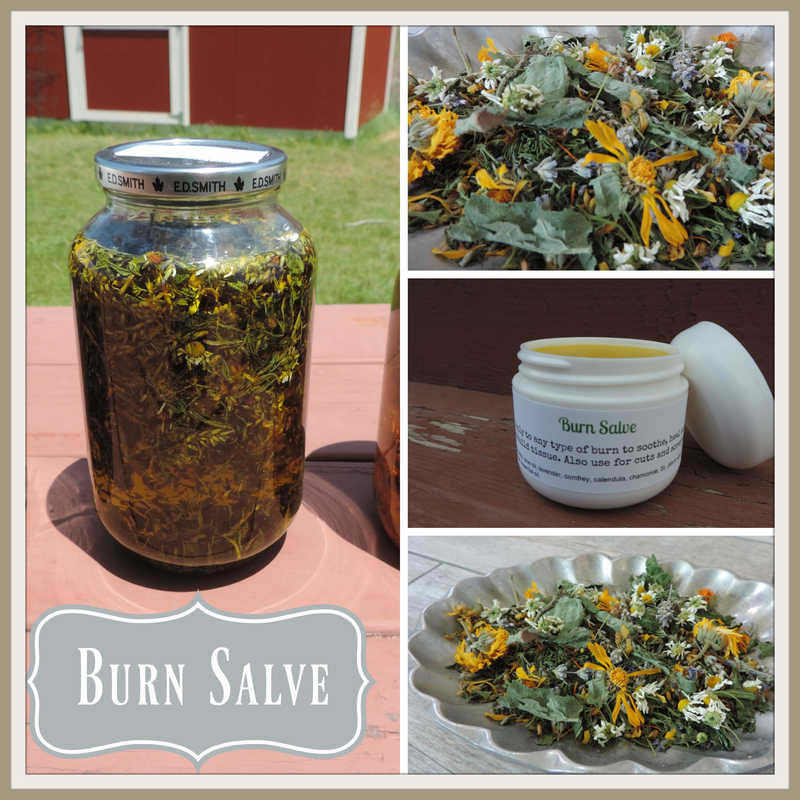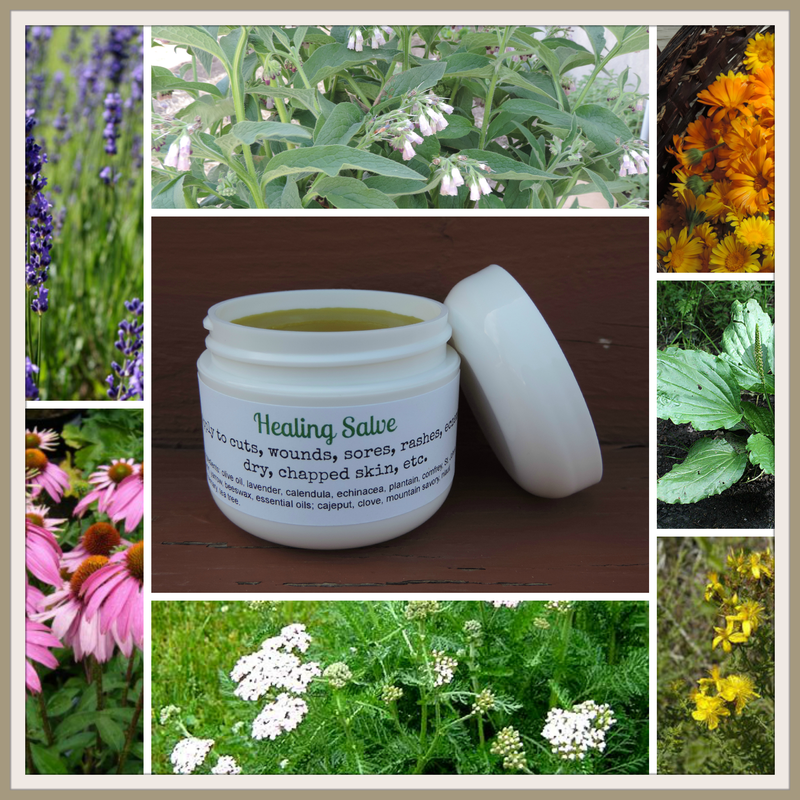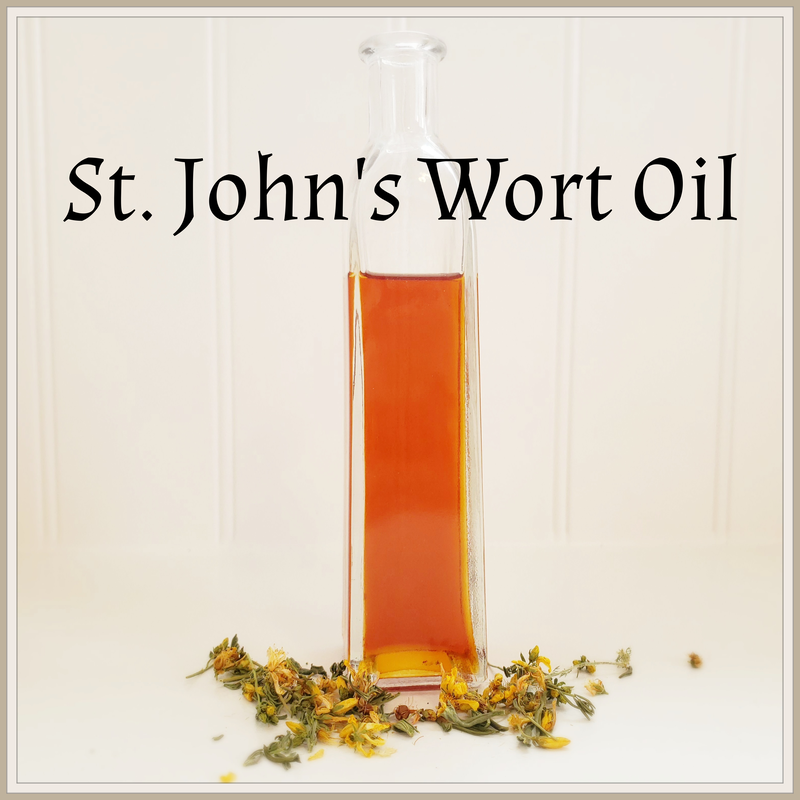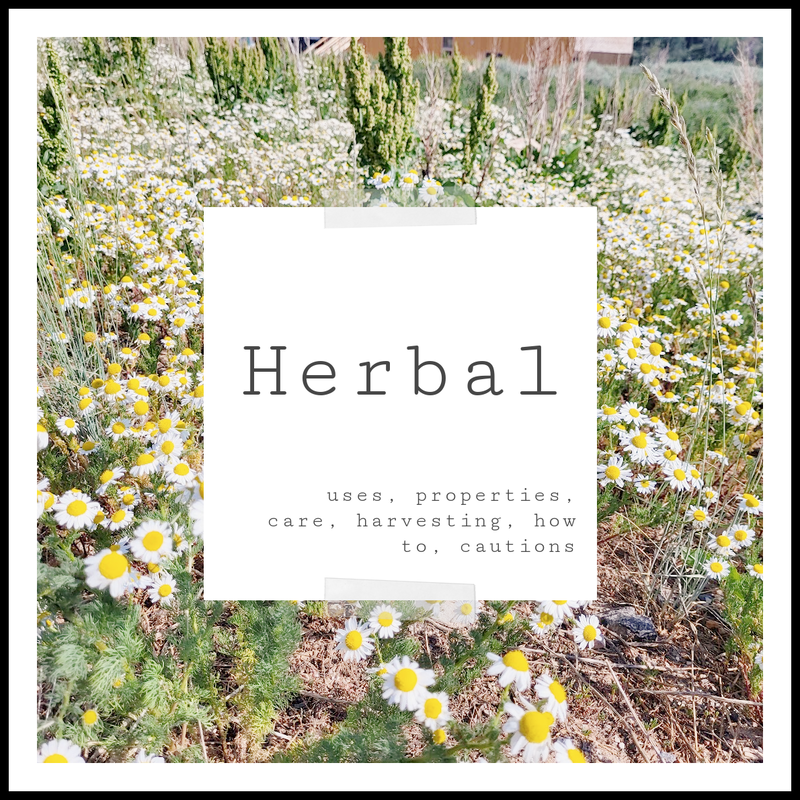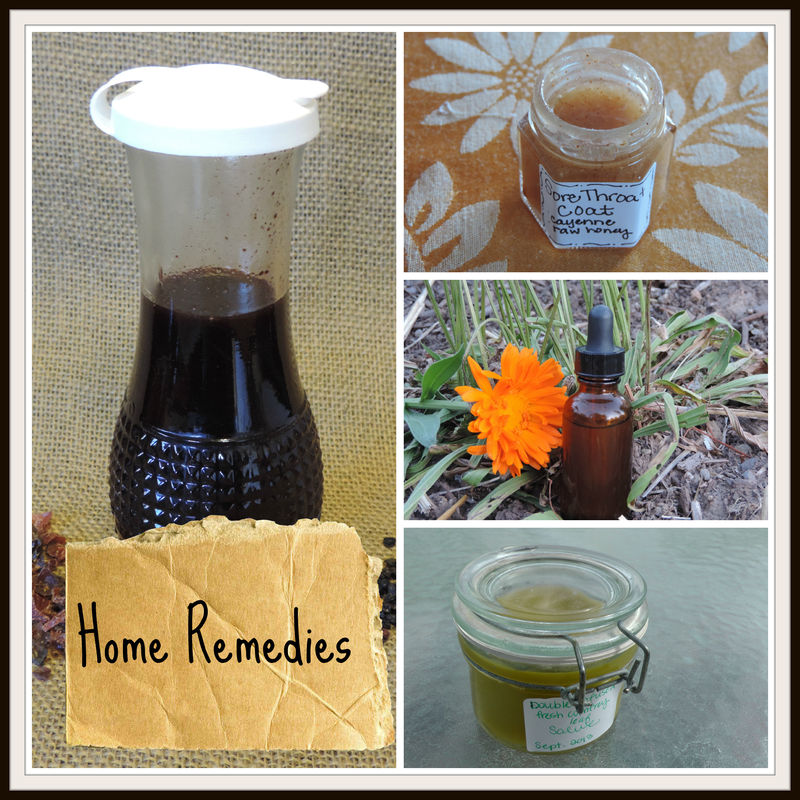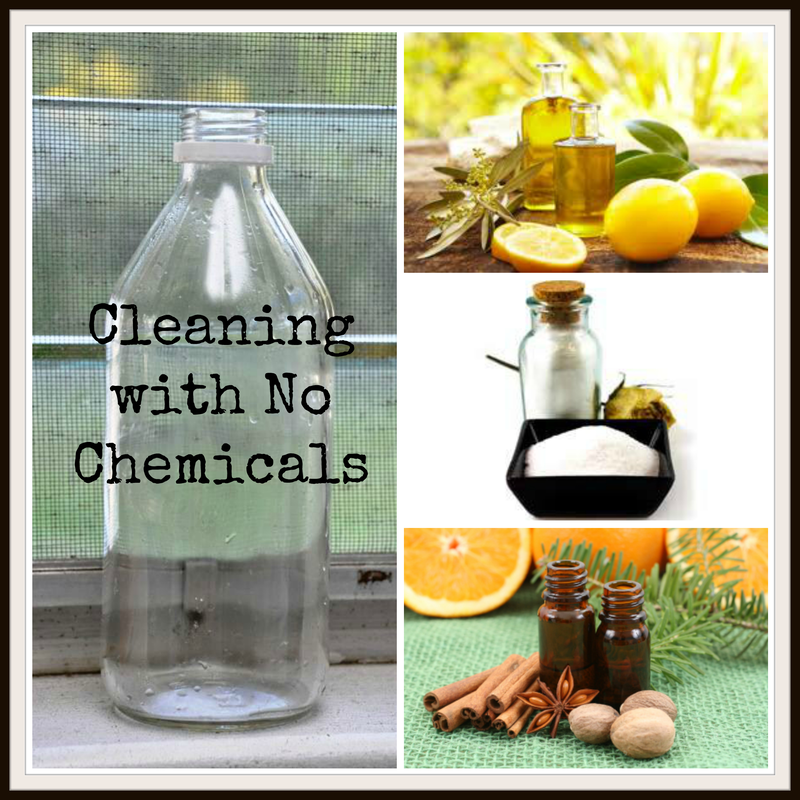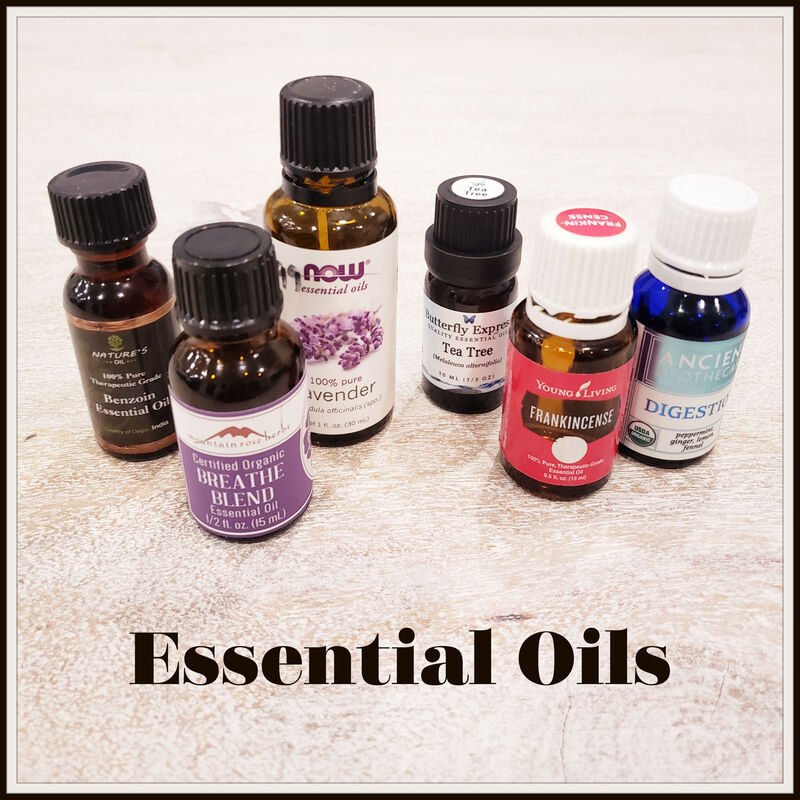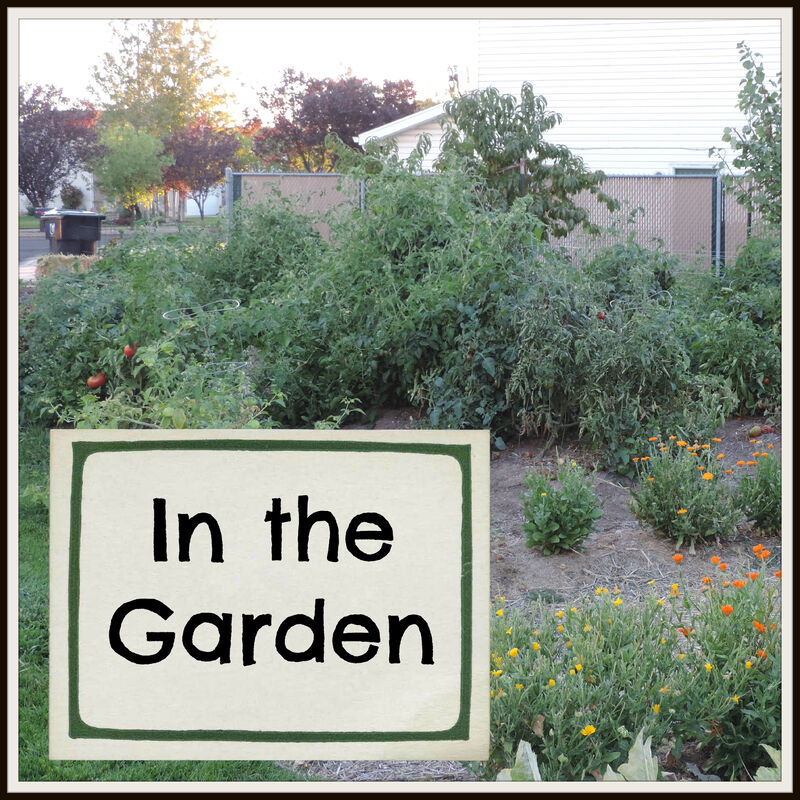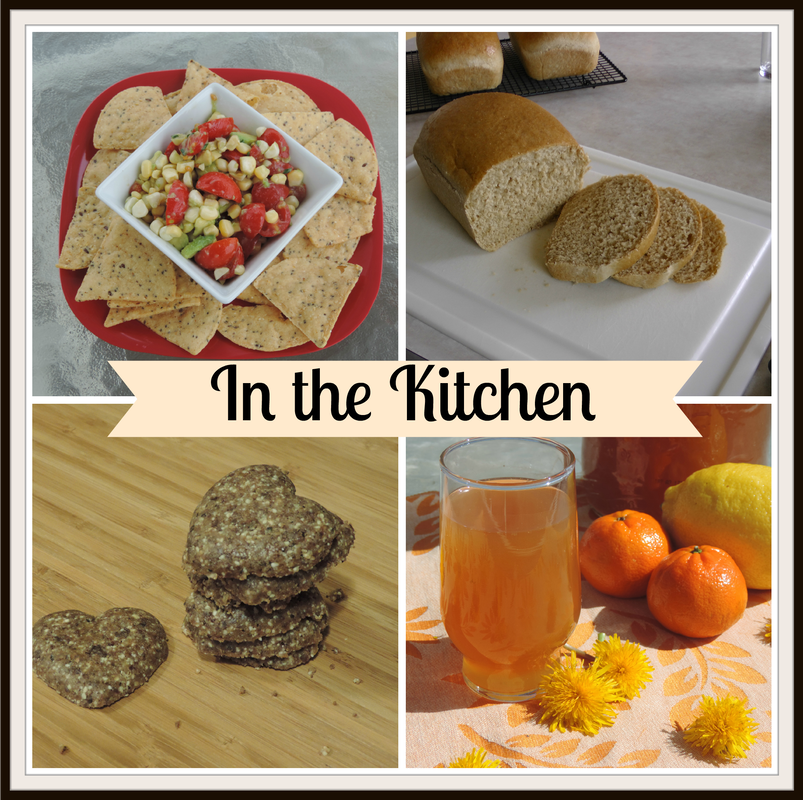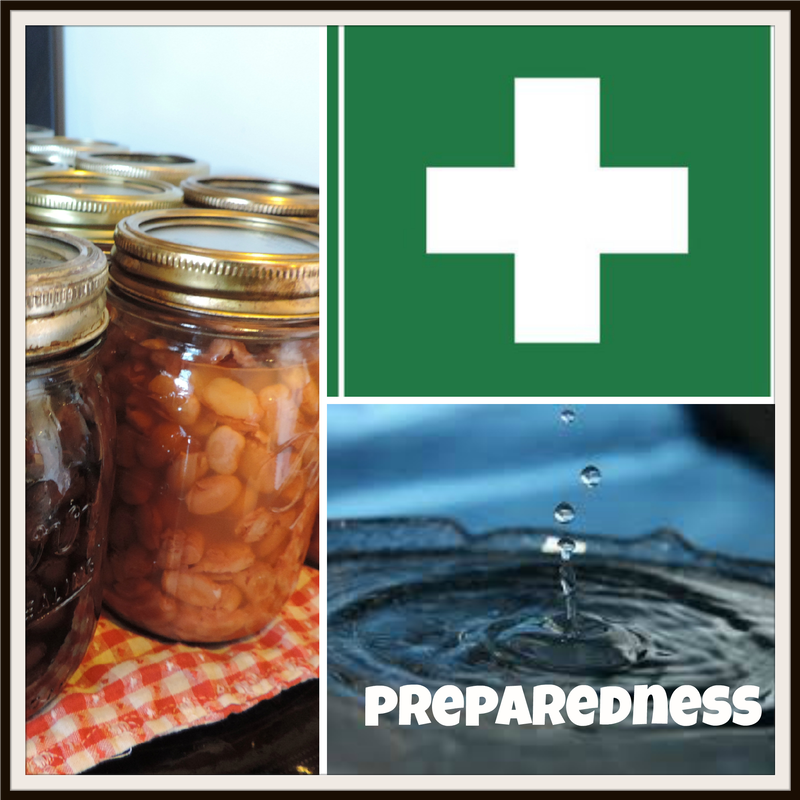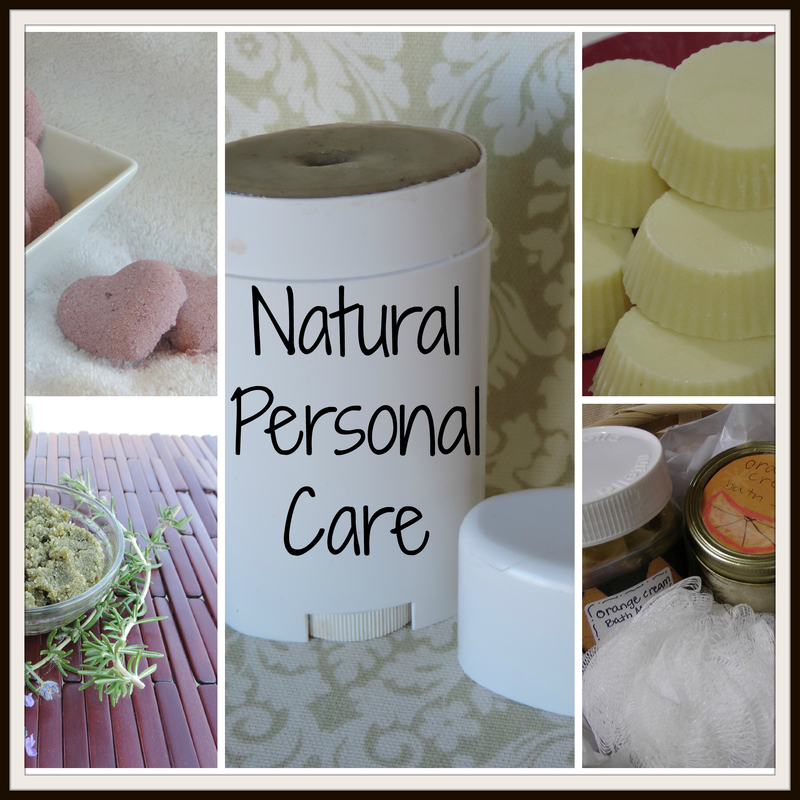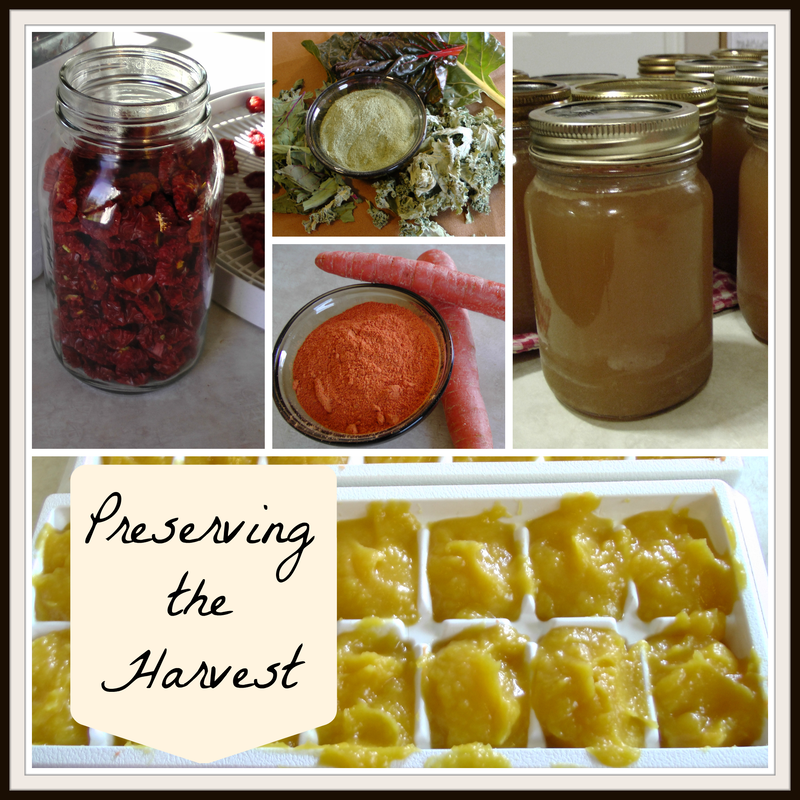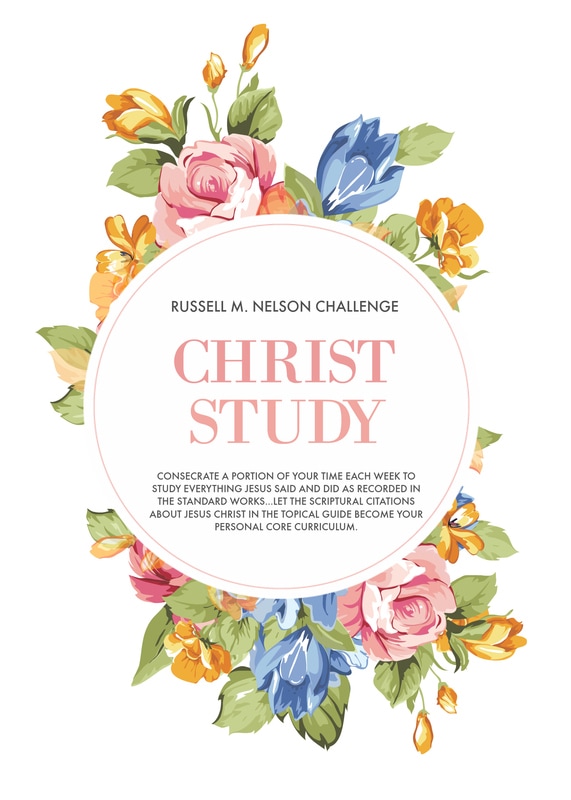Family: Hypericaceae
Parts Used: Bud and flower
Properties
- antibacterial
- antiviral
- antiseptic
- anti-inflammatory
- analgesic
- sedative
- astringent
- nervine
- anti-depressant
- vulnerary
Medicinal Uses
- Anxiety, stress and depression (taken for a 2-3 week period).
- Insomnia, sleep aid, fatigue.
- Support and strengthen nervous system.
- Support and strengthen digestive system.
- Protects liver.
- First aid: cuts, wounds, bruises, sprains, strains, burns, boils, blisters, injuries of all kinds.
- Skin Healing: repairs damaged tissues, eczema, psoriasis, dry skin, itching, scars.
- Strengthen and smooth fingernails.
- Strong effect on nervous system making it useful for nerve damage and pain.
- Shingles pain relief.
- Pain killer – take internally and apply externally.
- Joint pain and inflammation.
- Back and spinal pain, neck pain, concussion, shock or any injury to spinal column.
- Eases fibrositis, sciatica and rheumatic pain.
- Sore muscles, spasms, cramps and torn ligaments.
- PMS – tea or tincture internally for regulating and lessen bleeding and staunch cramps.
- Cold sores and herpes virus.
- Varicose veins and hemorrhoids.
- Colds and flu.
- Infection fighter both viral and bacterial.
- Ulcers – prevention and treatment.
- Gout
Methods of Use
- Squeeze the “blood” from fresh flowers over area of concern.
- Herbal infused oil with the fresh flowers is one of the most potent ways to use this herb for first aid purposes.
- Salve, balms, and ointments.
- Liniment
- Herbal infusion (tea)
- Bath and foot soak, infusion or add herbal oil to the water.
- Tincture – best way to utilize the properties internally.
- Poultice/Compress
- Capsules
- Use in a toner for blemished or oily skin or as a facial steam.
In the Garden
- Harvest the flowers, buds and leaves just as the flowers are opening, on a dry, sunny day. Pinch between fingers to see if red spurts out, if not they are not yet ready to harvest, check often and test again.
- Pick flowers fresh to make oil, salves, tincture and tea or cut the upper 3-4 inches off the plant and hang or lay on a screen to dry.
There are several species of St. John's Wort so when wild harvesting put a leaf up to the sun to check for the oil gland circles (see photos from edible wild food link below) that distinguish it as the medicinal variety.
Cautions
Recipes
Resources and Further Learning
Edible Wild Food - How To Identify St. John's Wort
Dr. Christopher's Herbal Legacy - St. John's Wort
Medicinal Herbs A Beginner's Guide
The Herbal Drugstore
Practical Herbalism
Essential Herbal Wisdom
